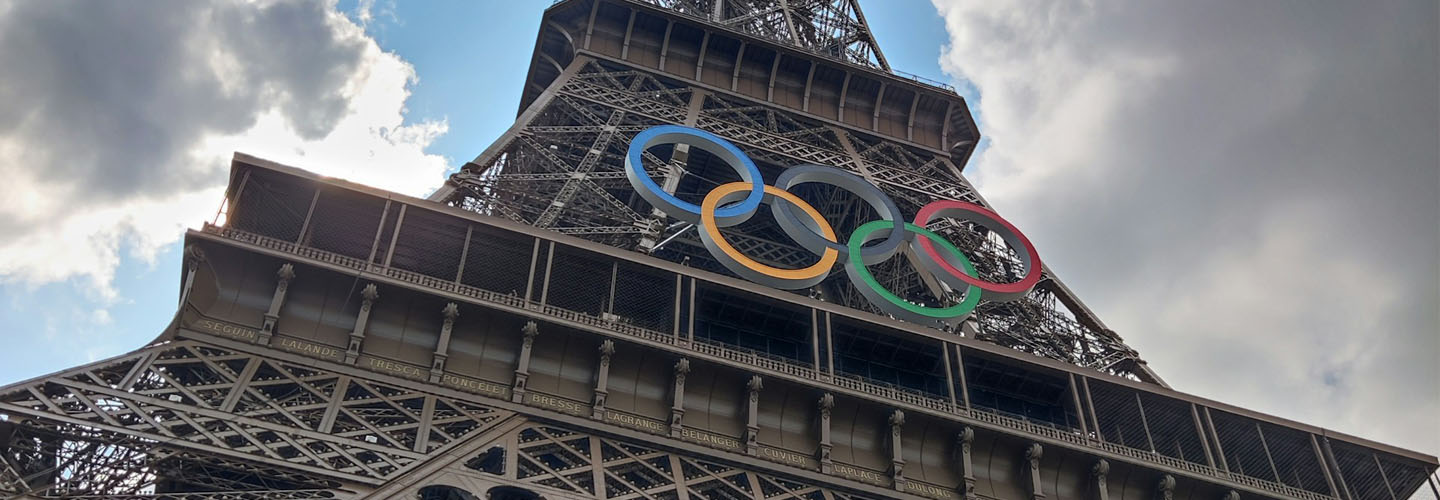It has been exactly 20 years since the Olympic Games were first broadcast online. In 2004, the BBC and other European networks revolutionized sports broadcasting by offering live, on-demand Internet video streaming of the Athens Olympic events to broadband viewers.
Fast forward to 2024, and NBCUniversal is set to live stream over 5,000 hours of coverage from the Paris Games, allowing US viewers to tune into 40 simultaneous events.
While billions of fans will have the luxury of following their favorite athletes in real time on their digital devices, approximately 2.6 billion people around the globe won’t have that same opportunity. As of 2023, 33% of the global population remains offline, with the divide most pronounced in low-income countries where only 27% of the population uses the Internet.
The disparity in digital access means that while many of us take for granted the ability to watch live Olympic events, many fans around the world are excluded due to a lack of connectivity.
The Digital Divide is Everywhere
During the 2020 Tokyo Olympics, 57% of US viewers consumed content via a smartphone or tablet, and 40% watched on a desktop computer. Yet, even in a country with one of the highest Internet access rates in the world, many people in underserved areas still don’t have access to high-speed connections.
Imagine trying to watch a track and field competition on a dial-up connection?!
The digital divide isn’t just a rural issue. In New York City alone, 1.5 million people don’t have access to the Internet from their homes, largely due to the high cost of connectivity. This gap means that many people are missing out on the convenience and benefits of digital access, including the ability to enjoy global events like the Olympics.
Bridging the Digital Divide
Organizations like the Internet Society are breaking down barriers to connectivity around the world, whether through policies that enable access, helping communities connect themselves, or training on developing Internet infrastructure.
An example of our efforts can be seen in the remote villages of Khunde and Khumjung in Nepal. Thanks to a collaboration between the Internet Society and the Nepal Internet Foundation, residents of these villages, located near the Everest Trail leading to the Everest Base Camp, now have high-speed Internet access with speeds of 100Mbps.
This connectivity means that, among the many “firsts,” people living in these remote areas will be able to watch the Olympics online.
The Olympics are a global event meant to unite us in our shared love of sports, but until everyone has the same access to watch and participate in these moments, our work is not complete.

